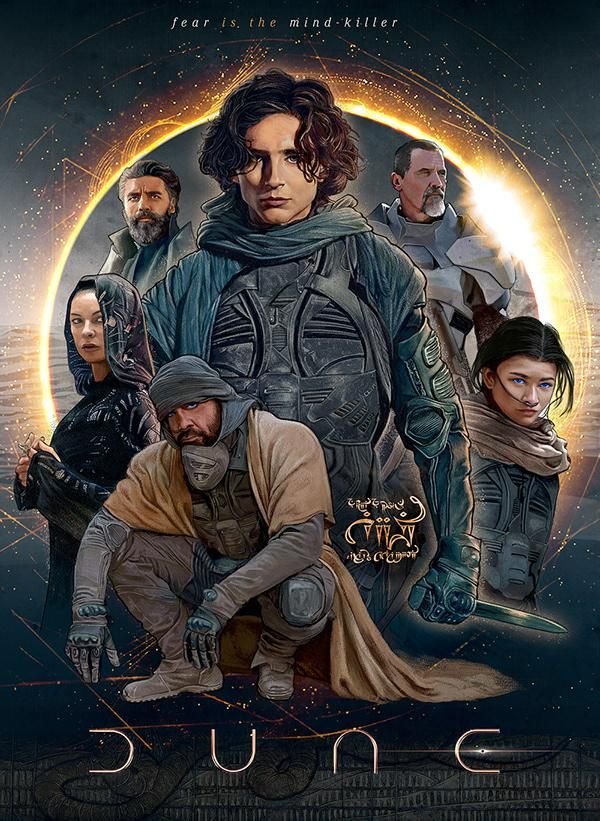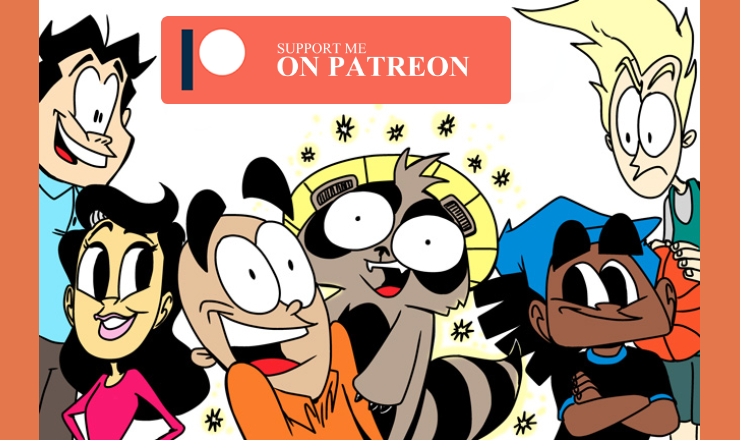Watching People Litter in London Inspired This Easy Happiness Hack
/Getting rid of the garbage in your mind without hesitation makes a huge difference.
Photo by Sabrina Mazzeo on Unsplash
Did he just dump his entire lunch onto the street?
I recently visited London for the first time and fell in love with the city and its people. There’s a charm that grabbed me, and history, with a bit of clotted cream on the side, keeping it on my mind. If you haven’t been, you should go. Escaping America again soon to experience more British culture is most definitely in the cards.
The only part of the trip that surprised me was how many people littered. Not just gum wrappers or small store receipts, but all the garbage in their pockets and more lying about on the streets.
I watched a man stop at a red light, open his car door, and throw all of his fast-food trash—his paper bag of food and cup of soda—out onto the street, then keep driving when the light turned green—no concern about the environment. No worries.
Garbage cans were hard to come by, but I wondered why people couldn’t keep their trash with them until they found one. Or, wait until they got home?
Big cities require you to walk and take public transportation, so you might not feel like trekking around all day with your garbage, so you drop it to lighten your load.
Getting rid of actual trash any time, anywhere, is a terrible thing to do. As a lover of metaphors, this made me think of the emotional baggage—or junk—we continually carry around and never get rid of in our lives.
What if we treated our trauma and emotional issues like the trash we must dump immediately? Not onto random strangers or everyone we know, but making a point to feel and process our emotions, then talk to good friends and therapists to help us unload our crap.
I like to call it “Positive littering for the mind," a more immediate way to get back to happiness.
To do it, though, you have to take an honest look at what you’re carrying.
The author in London by the Thames river and parliament.
Recognize your garbage
Sightseeing in London was jolly good fun. We stayed in an Airbnb apartment close to parliament and could walk over to the river Thames within ten minutes to view Big Ben and the London Eye Ferris wheel.
One of my favorite experiences was watching the changing of the guard at Buckingham Palace. They even had a marching band playing familiar songs like Phantom of the Opera and the Spiderman theme.
Taking in all the sites and over one thousand years of history hits you with awe for the beauty and culture, respect for what they’ve built, and anger at the atrocities of colonialism.
You have to face plenty of mixed emotions and serious issues when you make a point to look at what’s in front of you.
That’s why most people push their feelings down deep and ignore them. They won’t go away if you turn your back or stuff them somewhere in your heart. Yes, negative emotions like fear, shame, and disappointment are uncomfortable, but you have to feel them if you want them to dissipate.
Name these dark and deep emotions. Call them out. Or, at least think about why you’re feeling this way and what led to them. Knowing what you’re carrying can help you release later.
When I visit my inlaws in Japan, there are very few garbage cans when we’re out and about. People there tend to hold on to their trash, keeping it in their bags, purses, or pockets while walking. Therefore, I do the same.
You’re very aware you’re carrying your garbage, which can be pretty annoying.
It’s so satisfying when you get to a garbage can at the subway station or home and can dump it all out. After carrying it for a while, you’re very aware of all you have and enjoy watching it go where it belongs.
Throw your garbage out as soon as possible
I saw people in London littering, but I didn’t see a lot of litter on the ground. Apparently, it’s a big problem there, but they must have plenty of city workers hired to clean it all up regularly. I expected to see more garbage than I did.
It would be best to take them out once you see your issues and accept them—name them as garbage.
This is where “Positive littering for the mind” comes in, and you can do it all in your head. It may feel like a stretch for some of you but stick with me here.
Visualize yourself taking that issue or problem and throwing it in the garbage. Ball it up into a big wad of wrinkled papers in your mind and feel those uncomfortable emotions. They won’t feel good but don’t hide from them.
See yourself letting it go into a huge can. You can even use hand motions to throw it into the trash with force. The relief once your garbage hits bottom will be all the sweeter. You faced your trash and threw it out.
You cleaned out your mess.
Does this solve all your emotional problems? No. And I’m no licensed therapist or psychiatrist, but I am a middle school teacher and creative guy who’s been through a lot of crap. This method works for me and helps strengthen my tolerance for facing challenging emotions.
If you don’t have time at the moment to do this, take time to meditate in the morning or before bed, and visualize taking out your mental trash.
Keep moving forward in life with honesty and help
I know severe trauma and painful parts of childhood are not easy to ball up and throw in the trash with your imagination. This method works on milder emotions or immediate feelings best. Making sure to see a therapist and work on talking through your serious issues that may be causing the smaller ones to feel more extreme is essential.
Of course, talk therapy is scary too. Getting to a place where you can face what’s holding you back or causing negative emotions is a step towards healing and getting help for more profound issues.
You don’t want to litter your emotional baggage all over everyone, but you should have a goal to get to a place where you can openly express your feelings and talk to people who can help you heal. If not, moving forward in life will be a significant challenge.
The next trip to London will be a welcome adventure and one I’m more prepared to face now that I’ve visited once before. I know how to get around and better understand how the city is laid out.
Just like facing your emotional baggage, you get more confident with experience. I highly recommend world travel, especially to the U.K., but you don’t have to go overseas to start healing your mind and heart.
You can do that right now, with a bit of self-awareness and quiet time.
Disclaimer: I am not a licensed therapist or psychiatrist. Please use my advice at your discretion and see a professional if you’re suffering from severe depression.
Want more? If you’re struggling with doing original work, click here to join my (free) email list, and through comics, articles about culture, and living your truth, you can upgrade your mindset and share your art with the world.







